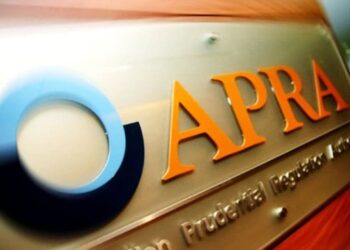The Australian Institute of Superannuation Trustees (AIST) has criticised the calculation of the Trio collapse levy as it does not take into account a fund's member base.
AIST said the vast majority of its members were funding a levy for an investment they were not involved in.
While AIST broadly supported the levy, it noted the cost had now grown to $71 million.
It said based on the minimum and maximum amounts proposed in the exposure draft ($50-$750,000), large funds with funds under management (FUM) of more than $30 billion were paying a proportionately smaller amount of the levy compared to smaller balance funds.
"Based on these proposed rates, the vast majority of Australian Prudential Regulated Authority (APRA)-regulated funds will be paying proportionally similar amounts and the levy is therefore seen as broadly equitable between funds," it said.
AIST did not criticise the rate of the levy but recommended that Treasury review the calculation method for levies to take the member base into account.
It said as funds continued to grow due to mergers, higher inflows and investment performance, calculations that did not recognise a fund's member base would become more inequitable and disconnected from the industry.




